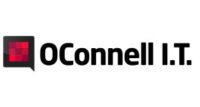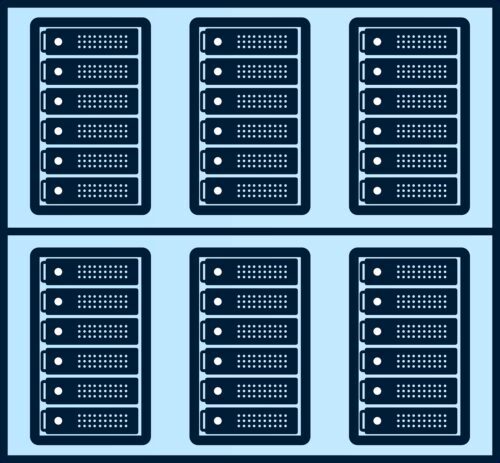Establishing Your Online Presence Starts with the Right Web Hosting
When it comes to building a successful website, your choice of web hosting provider is pivotal. At O’ConnellIT, we know how crucial it is to choose a partner that keeps your site fast, secure, and always online. Here are five key factors to weigh when making this important decision.
1. Reliability: Keeping Your Website Always Up
One of the primary concerns for any website owner is uptime. At O’ConnellIT, we guarantee reliable hosting with minimal downtime. Our robust infrastructure and redundancy measures ensure your website remains available, even during peak traffic periods.
2. Speed and Performance: The Need for Speed
Website speed is vital in today’s digital world. Slow-loading sites lead to high bounce rates and lost business. We prioritize performance with the latest server technology and utilize content delivery networks (CDNs) to optimize load times, so your visitors never have to wait.
3. Security: Protecting Your Digital Assets
Security threats can cripple businesses. Our web hosting includes comprehensive protection: SSL certificates, proactive firewalls, and regular software updates to keep your website and customer data safe. Rely on O’ConnellIT to safeguard your online presence.
4. Scalability: Growing with Your Success
Your website needs may change as your business grows. O’ConnellIT makes scaling seamless—upgrade plans and resources instantly as your traffic and data requirements increase. We grow with your business, ensuring you never outgrow your hosting solution.
5. Customer Support: Your Partner in Success
Technical issues can arise at any time, which is why responsive customer support is non-negotiable. Our expert team is available whenever you need assistance, ensuring a smooth, hassle-free experience and allowing you to focus on your business.
Choose a Hosting Provider That Puts Your Business First
Selecting the right web host is a strategic decision. With our commitment to reliability, speed, security, scalability, and outstanding support, O’ConnellIT stands out as your trusted partner for online success.
Don’t compromise on your web hosting. Contact us today to discover how we can keep your website fast, secure, and always up—earning the trust of both your visitors and search engines. Your success is our priority.
Don’t settle for less when it comes to your web hosting. Contact us today to learn more about how we can guarantee a fast, secure, and always up website that both your visitors and search engines will trust. Your online success is our priority.
1. Google PageSpeed Insights https://pagespeed.web.dev/



